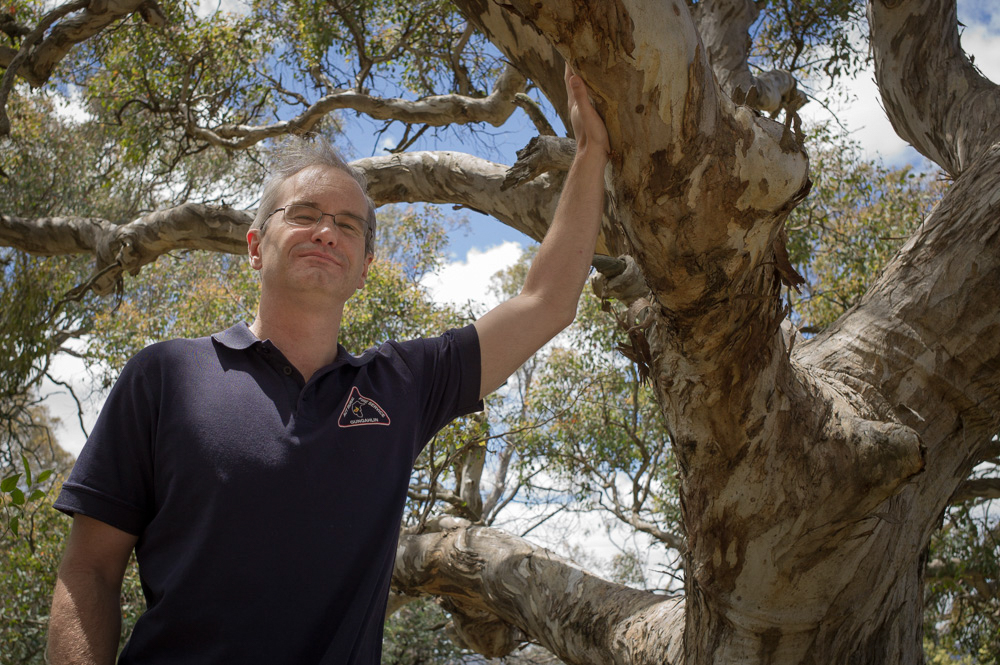Professor Jason Sharples named an ATSE fellow
UNSW Canberra Professor Jason Sharples has been elected as a fellow of the Australian Academy of Technology and Engineering (ATSE).
UNSW Canberra Professor Jason Sharples has been elected as a fellow of the Australian Academy of Technology and Engineering (ATSE).

UNSW Canberra Professor Jason Sharples has been elected as a fellow of the Australian Academy of Technology and Engineering (ATSE).
The 2021 fellows were announced at an event this evening, with 27 new fellows joining 900 of Australia’s most accomplished, innovative and passionate technologists, scientists, entrepreneurs, engineers, academics, leaders and advocates.
Fellows are selected based on their professional standing and their ability to contribute to the application of science technology and engineering for the benefit of society.
Professor Sharples was recognised for the impact his research has had both nationally and internationally in the field of catastrophic bushfires.
“Being named a Fellow recognises the value that my research has, not just in the immediate academic sense, but in the sense of its broader benefit to society,” Professor Sharples said.
“It also provides me with a greater profile and platform through which I can more effectively contribute to promoting the role that science, technology and engineering play in helping solve some of the biggest problems we face. It also gives me additional opportunities to enhance Indigenous STEM engagement.”
Professor Sharples has previously engaged with ATSE on initiatives aimed an enhancing engagement of Indigenous students with STEM subjects, especially mathematics and environmental science.
These discussions have culminated in the formation of the Australian Indigenous Science, Technology, Engineering and Maths Professional Network.
Professor Sharples’ research is focused on the way catastrophic bushfires behave and the complex dynamics that drive their propagation across the landscape.
“Trying to understand how small fires rapidly transition into large catastrophic fires is a particularly challenging problem to work on – and I enjoy a challenge,” Professor Sharples said.
“It draws upon all my past experience in firefighting, mathematics and environmental science, and allows me to help in finding ways to increase the effectiveness of wildfire planning and response, and to enhance the safety of firefighters and the community.”